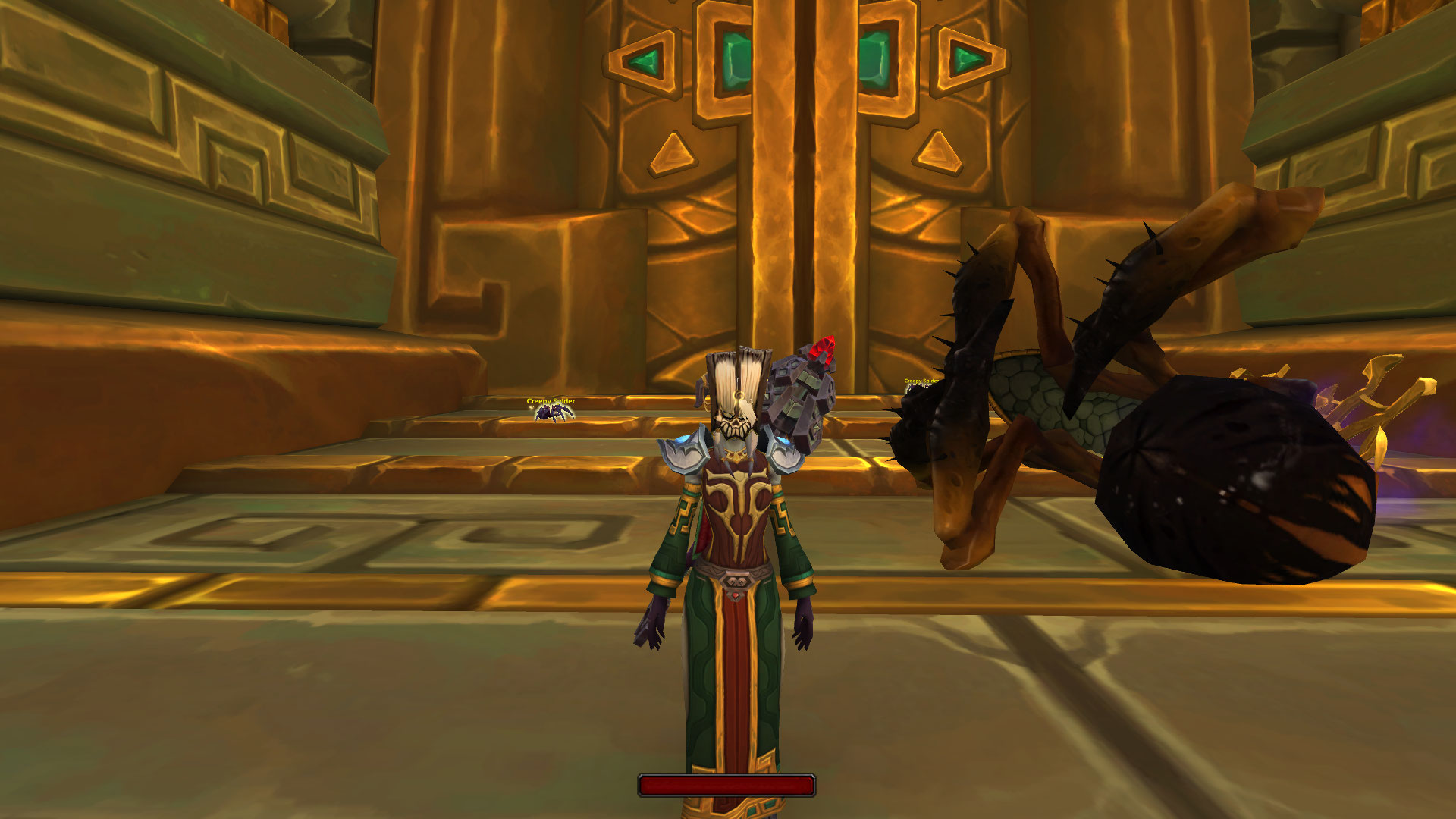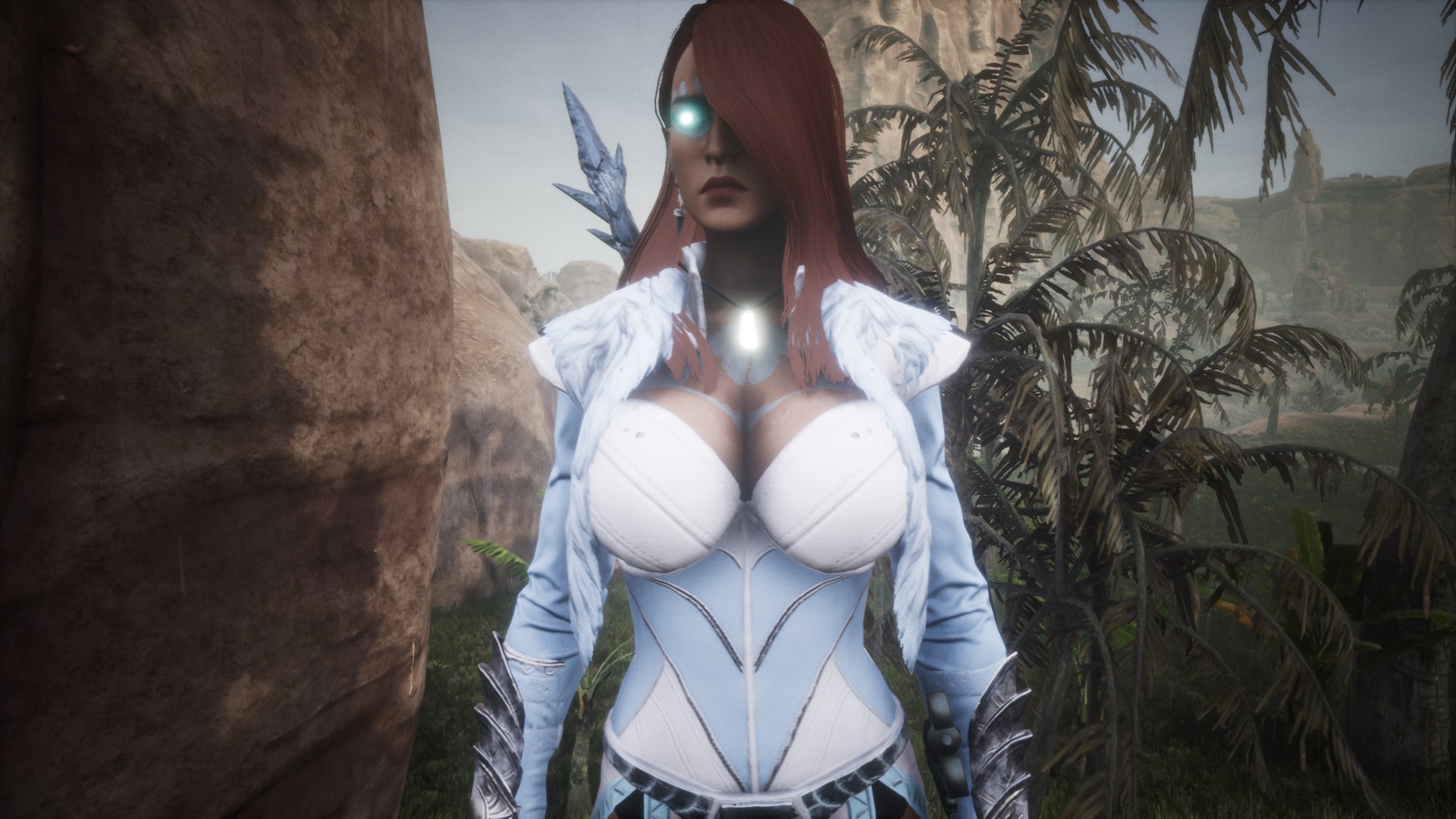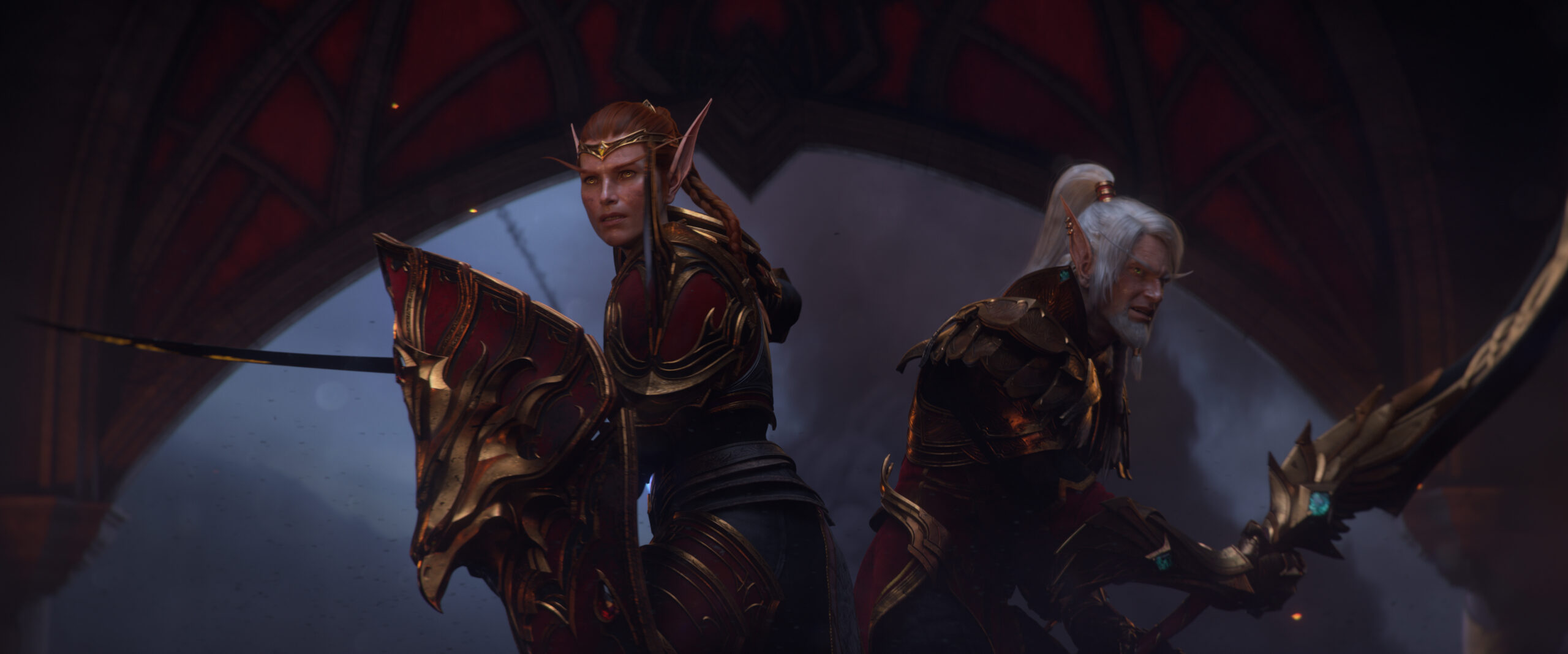Exploring Occult Themes in World of Warcraft Lore
World of Warcraft (WoW) is steeped in mystical energy, forbidden knowledge, and ancient powers—hallmarks of the occult. While often draped in the trappings of high fantasy, Blizzard Entertainment’s expansive universe consistently draws upon real-world esoteric, arcane, and spiritual traditions. From death magic to demonic pacts and secret cults to cosmic horrors, the occult is not just an aesthetic—it’s a philosophical backbone that shapes WoW’s moral ambiguity, power dynamics, and mythology.
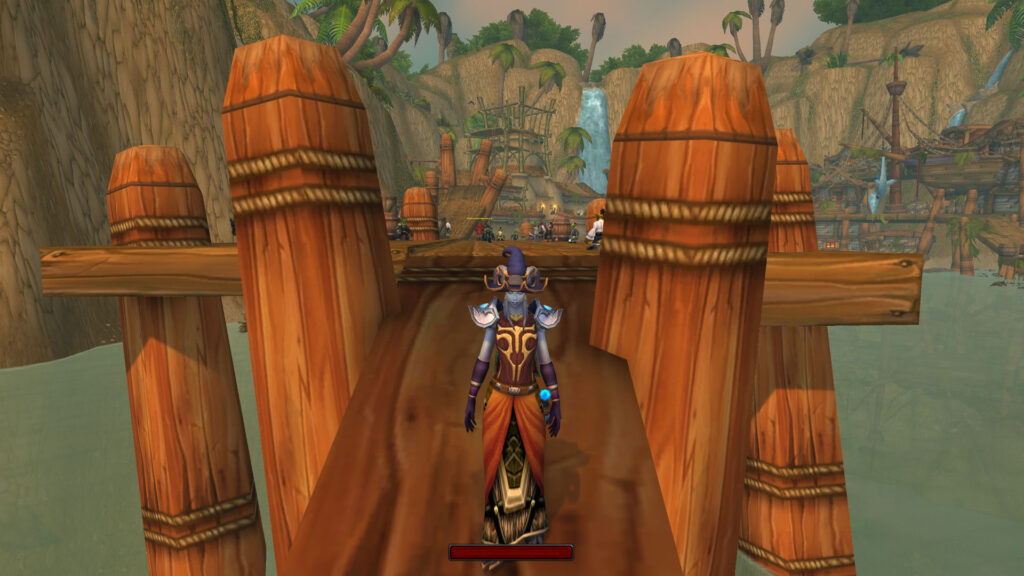
Defining the Occult in Azeroth
At its core, “occult” refers to hidden knowledge—power not meant for the masses, typically forbidden by mainstream institutions. In World of Warcraft, this often manifests through
- Magic deemed too dangerous to use openly (Fel, Shadow, Void).
- Secret organizations that operate behind veils (the Twilight’s Hammer, the Shadow Council).
- Themes of spiritual corruption, soul manipulation, and cosmic duality.
Azeroth’s world-building draws heavily from real-world occult themes: ritualistic magic, hidden planes of existence, divine hierarchies, and the dangerous pursuit of transcendence.
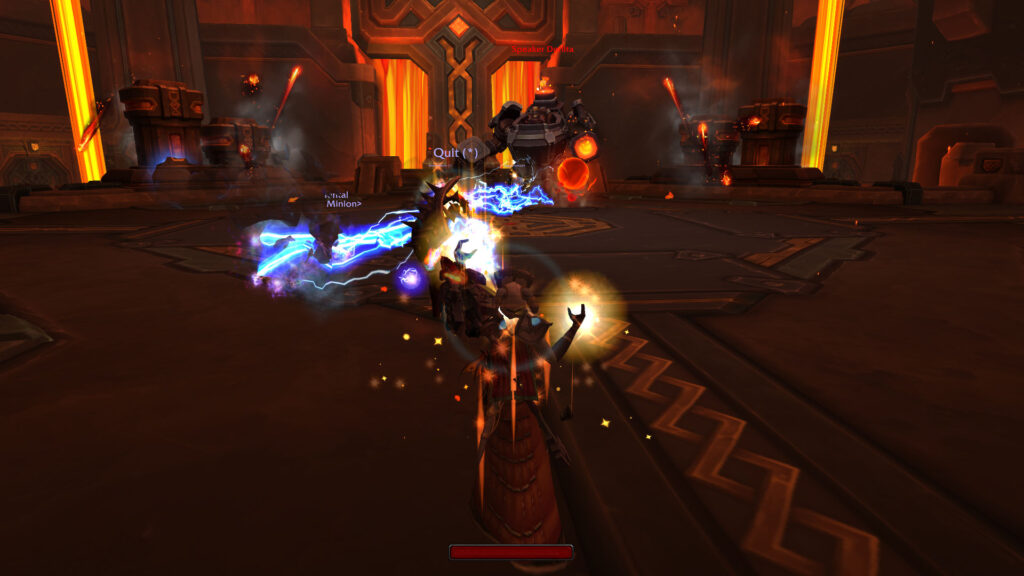
The Burning Legion: Demonic Occultism
Few forces in WoW embody occultism as thoroughly as the Burning Legion. Founded by the corrupted titan Sargeras, the Legion spreads destruction through Fel magic, a volatile energy fueled by life essence. Warlocks—often shunned by their peers—use Fel to summon demons, create hellfire, and bind souls. Their powers are gained not through formal study but via forbidden rituals, blood contracts, and pacts with malevolent entities.
The demonic hierarchy of the Legion resembles real-world occultist beliefs in layered hells, infernal races, and corrupted divine figures. Warlock spellbooks, summoning circles, and soul shards mirror grimoires, sigils, and alchemical tools from historic demonology traditions. This makes the Legion not just an invading force, but a philosophical counter to order and balance—an embodiment of power through sacrifice and secrecy.
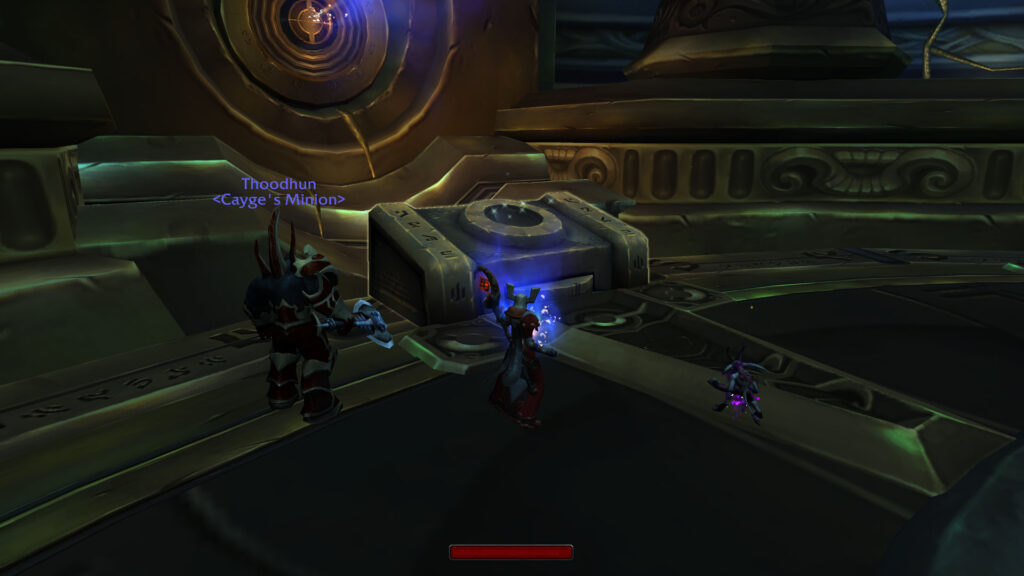
The Void and the Old Gods: Cosmic Occult Horror
If Fel magic is a stand-in for infernal power, Void magic represents the madness-inducing terror of cosmic occultism. The Void is not simply another form of energy; it is chaos incarnate, the antithesis of the Light. Wielded by Shadow Priests, Void Elves, and beings touched by Old Gods, Void magic distorts the mind and consumes the soul.
Old Gods like Yogg-Saron and N’Zoth are direct homages to Lovecraftian horror—beings whose mere existence defies sanity. Their whispers corrupt mortals with promises of knowledge and enlightenment, often leading to paranoia, betrayal, and transformation. Their cults, such as the Twilight’s Hammer, operate in secret, drawing from apocalyptic prophecy, dreamscapes, and forbidden scripture.
This mirrors occult texts such as the Necronomicon, where knowledge is a curse, not a gift. In WoW, pursuing the Void is never a path of balance—it’s an abyss that watches back.
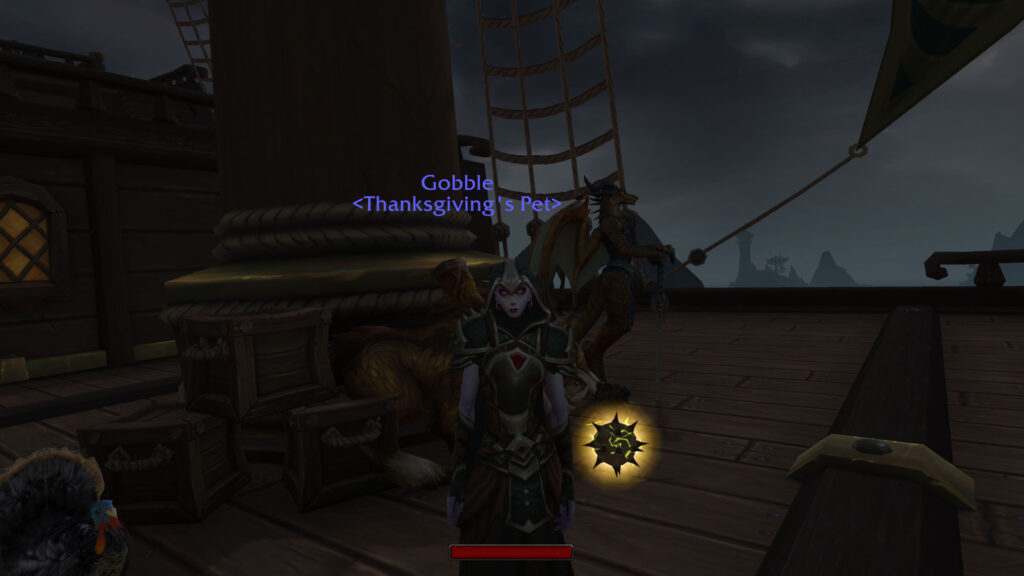
Necromancy and the Scourge: Death as Power
Necromancy in WoW is another major occult pillar, deeply tied to the Lich King, the Scourge, and the Maw. Death is not just an ending but a domain to be mastered. The Cult of the Damned exemplifies occult sacrifice, willingly offering themselves for undeath in return for power.
The creation of Frostmourne and the Helm of Domination involves soul binding, eternal servitude, and the manipulation of the afterlife—common motifs in black magic and dark esotericism. Runes, phylacteries, and soul forges all reflect historical occult concepts tied to immortality and soul transference.
In more recent expansions, Maldraxxus shows a structured, even militarized version of necromantic magic. But despite its order, it still revolves around reanimation, decay, and spiritual conquest—archetypal elements of necromantic lore across mythologies.
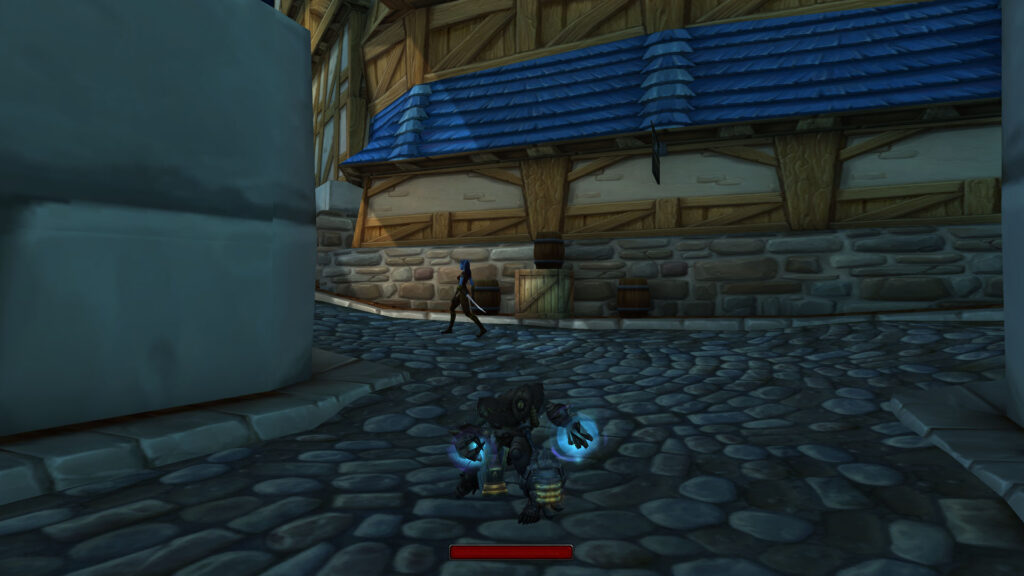
Forbidden Knowledge and the Kirin Tor
Not all occultism in WoW is dark. The Kirin Tor, a powerful magical organization, walk the thin line between arcane mastery and dangerous overreach. These mages often grapple with forbidden knowledge—ancient relics, cursed tomes, and spells that can rend time or unmake reality.
Arcane magic, while seen as neutral or even benevolent, can easily slip into the occult when mishandled. Examples include:
- The catastrophic use of the Focusing Iris.
- Malygos’ crusade to restrict magic.
- The exile of Kael’thas Sunstrider, who turned to Fel.
Even Dalaran, with all its scholarly order, houses secrets below its polished towers. From rogue mages to unsanctioned spellcraft, the pursuit of knowledge in WoW often comes with hidden costs—another classic occult theme.
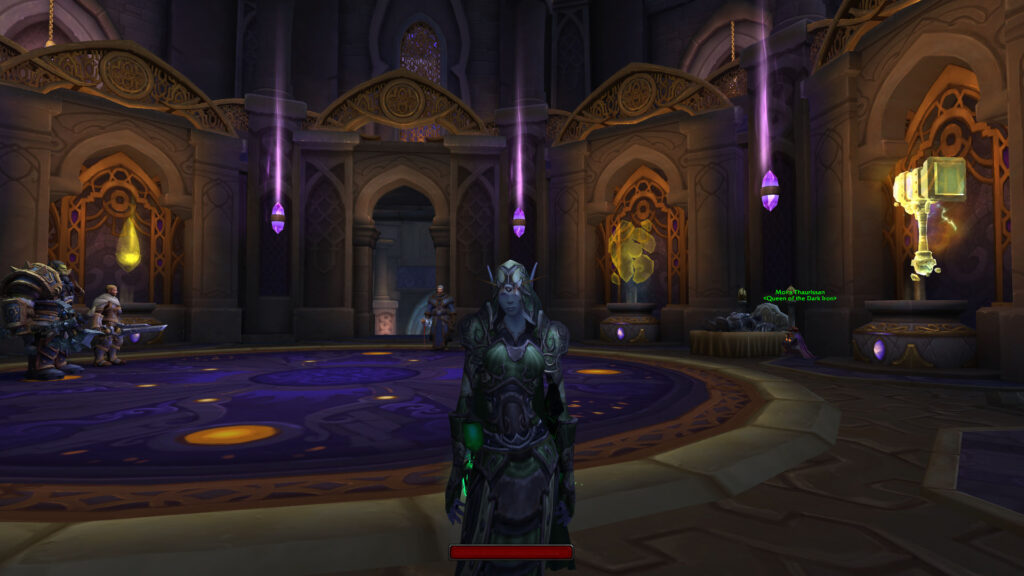
Cults, Sigils, and Hidden Orders
WoW is home to numerous secretive groups that thrive on ritual, indoctrination, and esoteric belief. These include:
- Twilight’s Hammer (Void worship, apocalyptic prophecy)
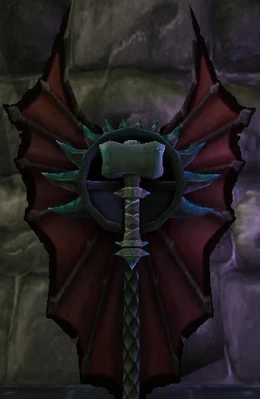
- The Shadow Council (Fel rituals, demon summoning)
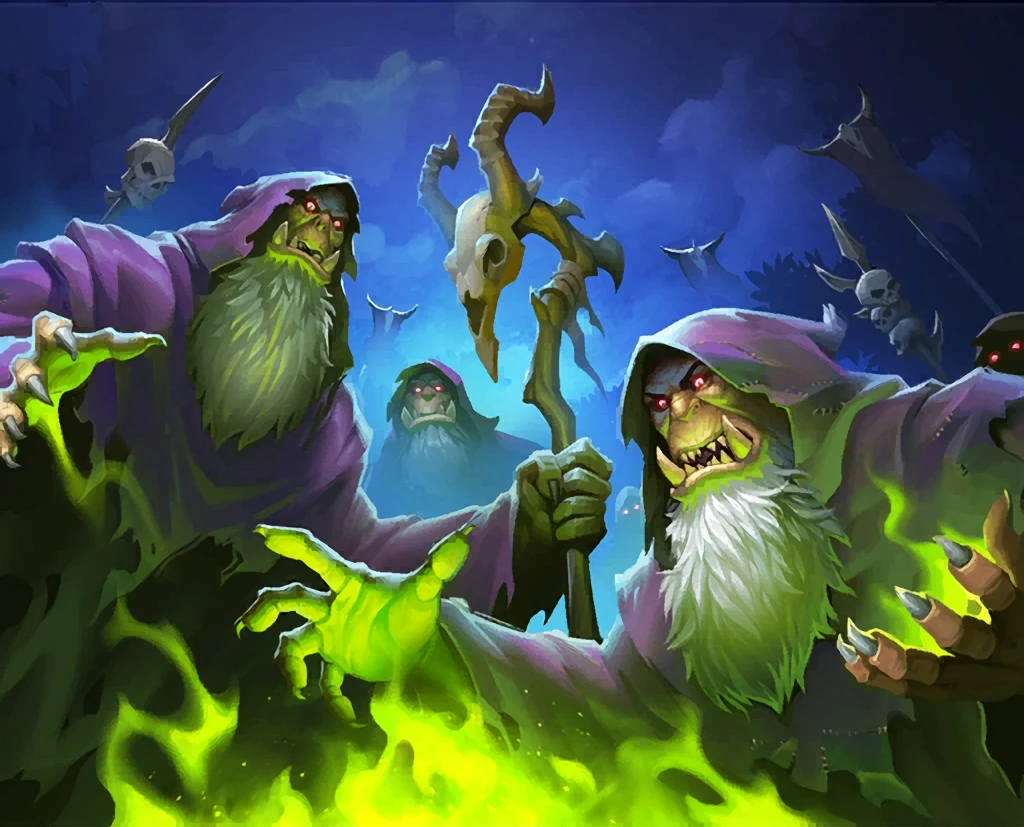
- The Sargerai and Legion-aligned Eredar (forbidden runes, blood pacts)
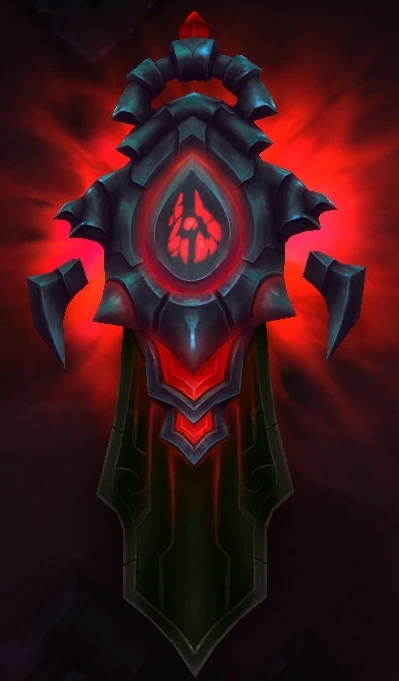
These cults often use sigils, glyphs, and runes—visual echoes of real-world occult systems like Thelema, Hermeticism, or even chaos magic. Their worship, often centered on destruction or transcendence, is rarely just for power—it’s a devotion, an ideology. This belief-driven occultism reflects how real-world esoteric groups view spiritual transformation as a path to cosmic understanding, even at terrible cost.
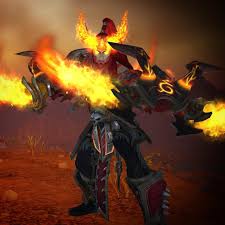
The Shadowlands: Afterlife as Occult Cosmology
With the introduction of the Shadowlands, Blizzard expanded the spiritual cosmology of WoW into a full occult mythos. Here we see
- Realms of punishment (The Maw), purification (Revendreth), war (Maldraxxus), and transcendence (Bastion).
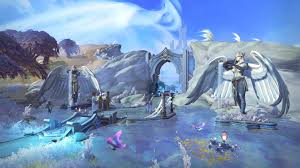
- Soulbinding, anima extraction, and ritual judgment.
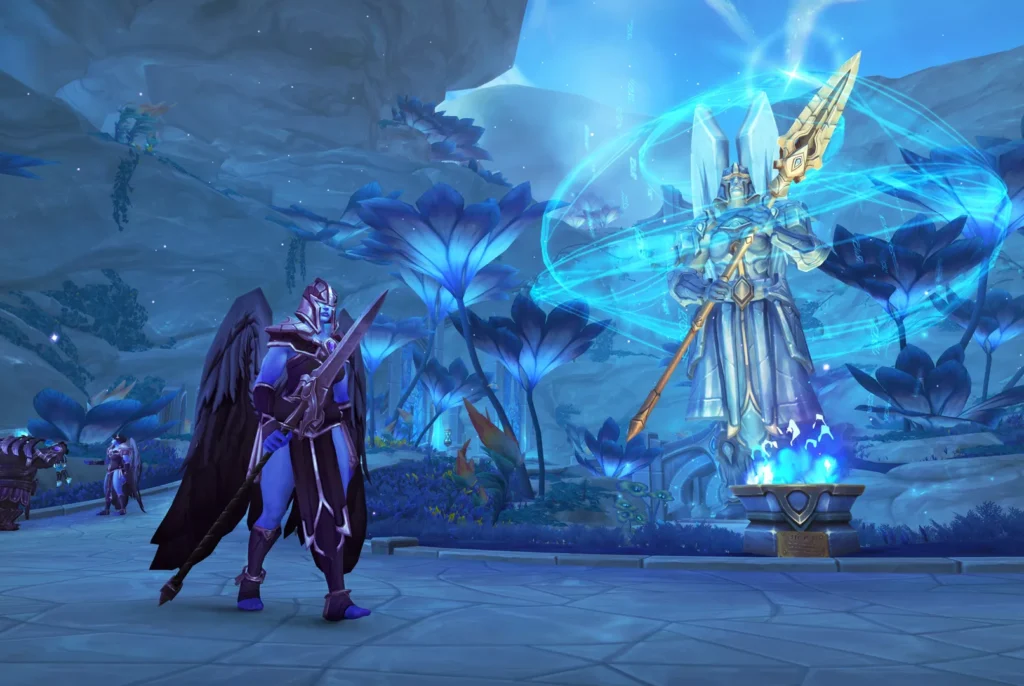
- Eternal cycles, predestined fates, and cosmic laws broken by Zovaal, the Jailer.
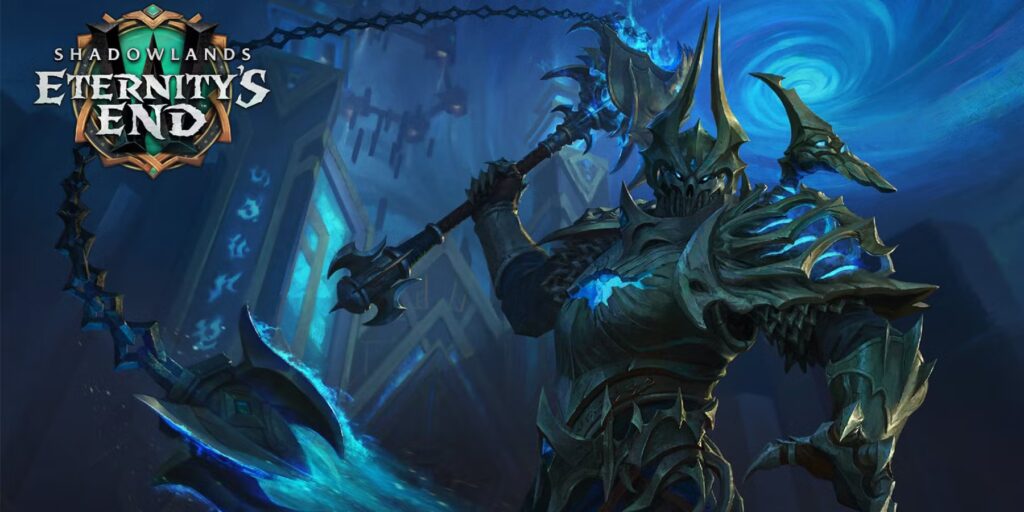
These themes parallel Hermetic afterlife systems, Egyptian Duat, and even Dante’s Inferno. The entire expansion becomes a meditation on soul value, spiritual hierarchy, and the price of free will—deeply rooted in esoteric thought.
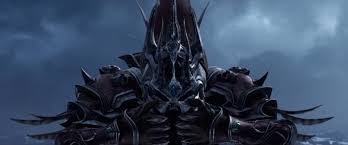
Thematic Takeaways and Real-World Parallels
The occult in World of Warcraft is not simply flavor text—it is a lens through which morality, power, and knowledge are explored. Across its many expressions:
- Demonic magic represents temptation and corruption.
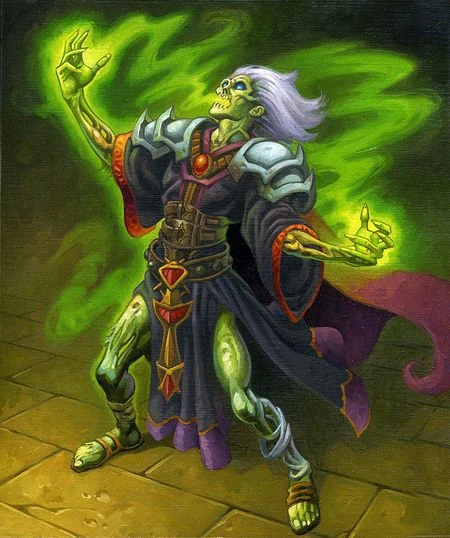
- Void magic represents forbidden truth and madness.
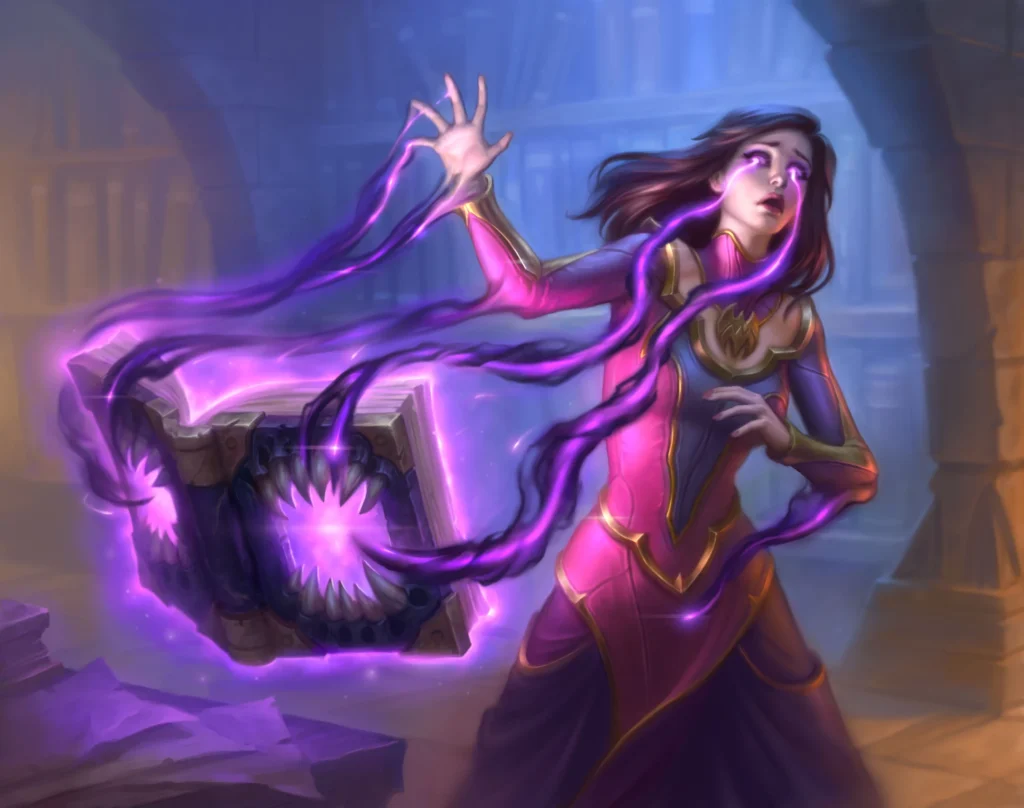
- Necromancy represents control over life and death.
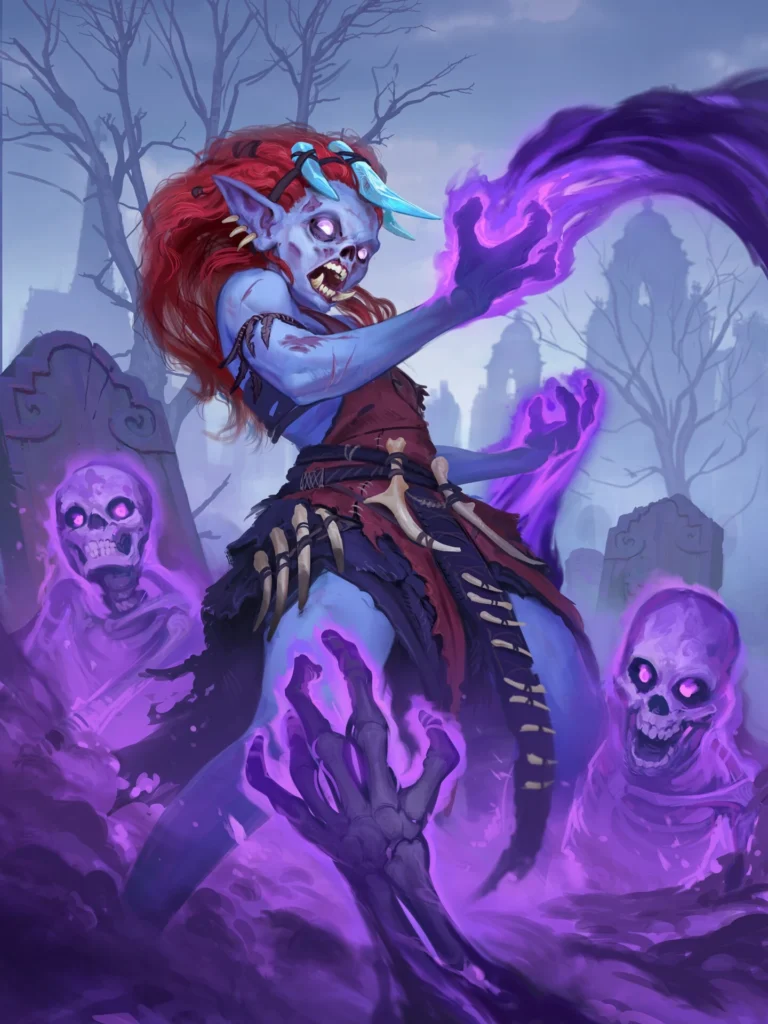
- Arcane magic represents the ethical dilemma of enlightenment vs. restraint.
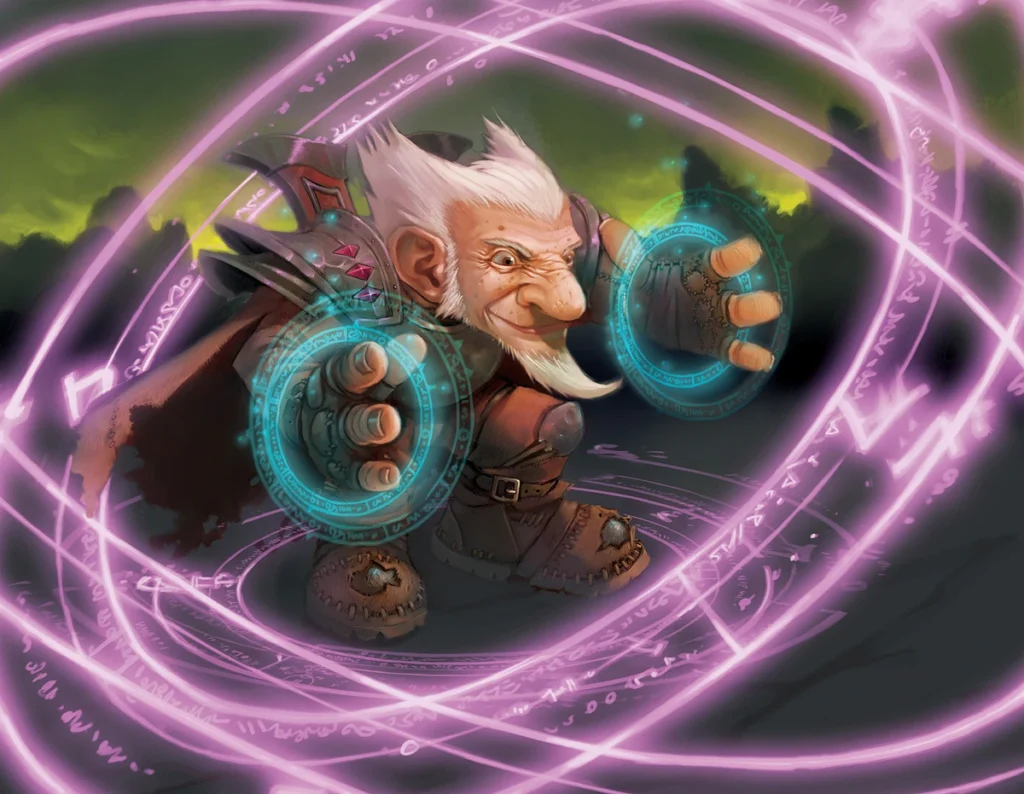
Each class and faction that engages in these themes must wrestle with the cost of wielding hidden power. In doing so, WoW mirrors real-world occultism’s central question: How far would you go to gain forbidden knowledge—and who must pay the price?
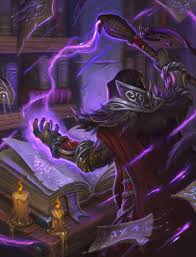
From demonic pacts to soul forges, from secret cults to cosmic gods, World of Warcraft is a tapestry woven with the threads of occult mythology. These themes lend the game a mythic depth, turning its stories from simple good-vs-evil conflicts into reflections on knowledge, power, and the unseen forces that shape existence. For players drawn to the shadows—those who peer into the Void or raise the dead in defiance—WoW offers not just gameplay but a rich, esoteric journey into the heart of fantasy’s most ancient mysteries.
